Stunning image of Andromeda galaxy takes top astronomy photography prize of 2023 (gallery)
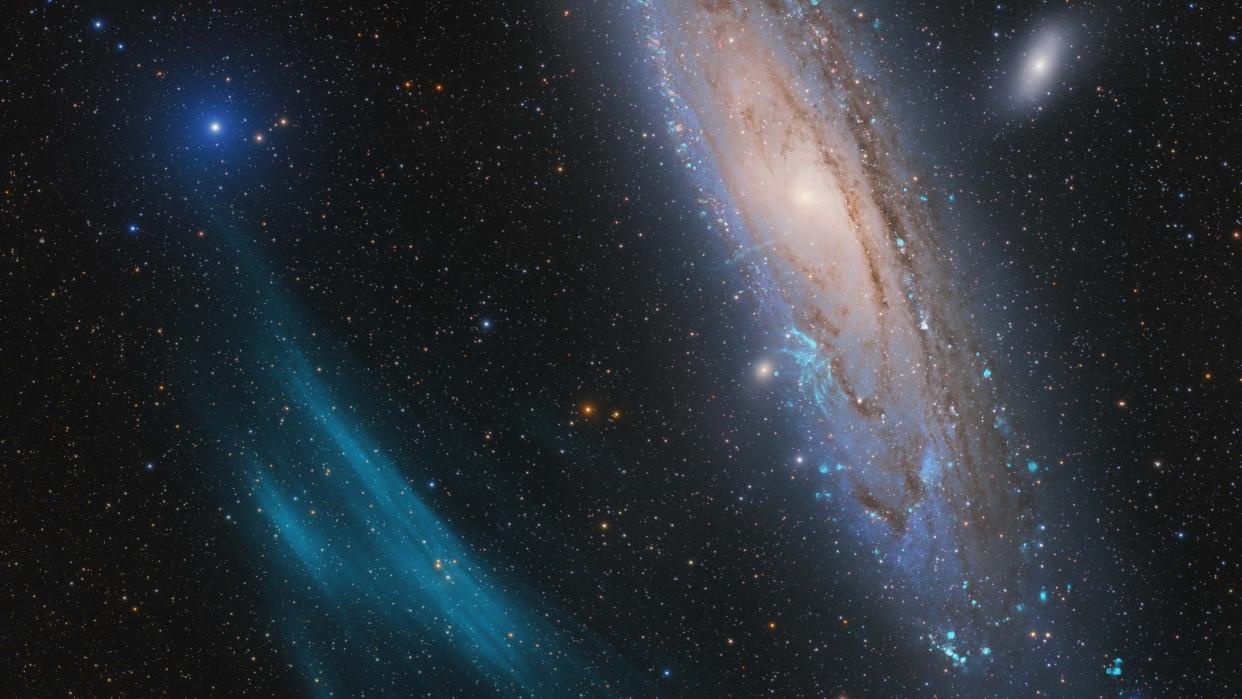
The Royal Observatory Greenwich has announced the winners of the Astronomy Photographer of the Year 15, during an award ceremony held Sept. 14.
This was the Royal Observatory Greenwich's 15th year holding the contest, which garnered more than 4,000 submissions from 64 different countries for 2023. A shortlist of winning submissions was released in July, and many of those spectacular images have made a reappearance.
Related: Stunning James Webb Space Telescope image shows young star blasting supersonic jets
As the world's largest astrophotography competition, Royal Observatory Greenwich divides winners into 11 categories, and from those chooses an overall winner.
This year's top spot came from the Galaxies category, and was awarded to Marcel Drechsler, from Germany, and French photographers Xavier Strottner and Yann Sainty, with their photo of the Andromeda galaxy.
Galaxies and Overall Winner
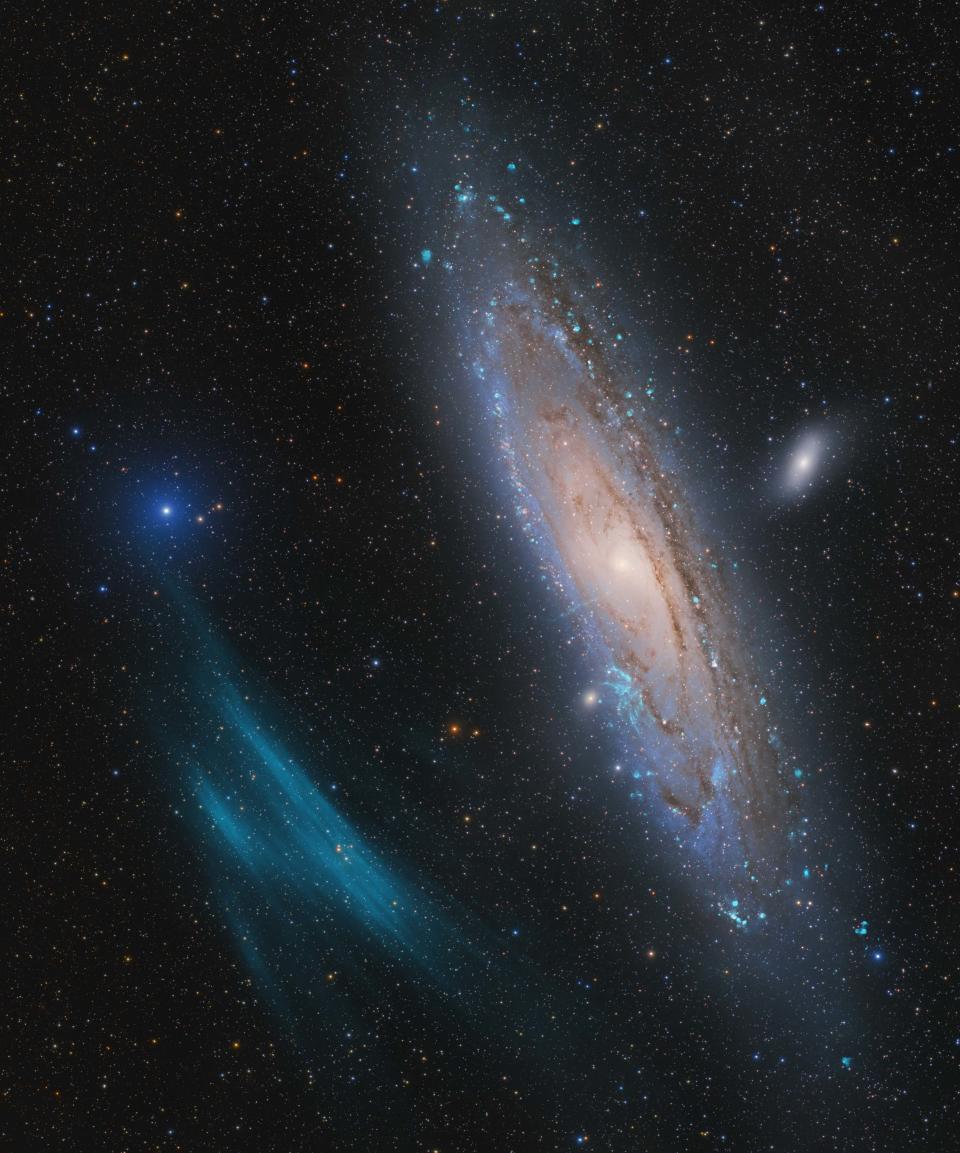
This winning photo of the Andromeda galaxy from the amateur astronomer team led by Drechsler, Strottner and Sainty is titled Andromeda, Unexpected, for the large, blue plasma arc pictured next to our nearest galactic neighbor.
The plasma streak was, in fact, a discovery all on its own, according to a release from the Royal Observatory Greenwich, and is now being studied by scientists as possibly the largest phenomenon of its type in our little corner of the universe.
Runner-up and highly commended entries for the Galaxies category went to Weitang Liang, from China, and Paul Montague, from Australia, for their respective photos, The Eyes Galaxies and Neighbours.
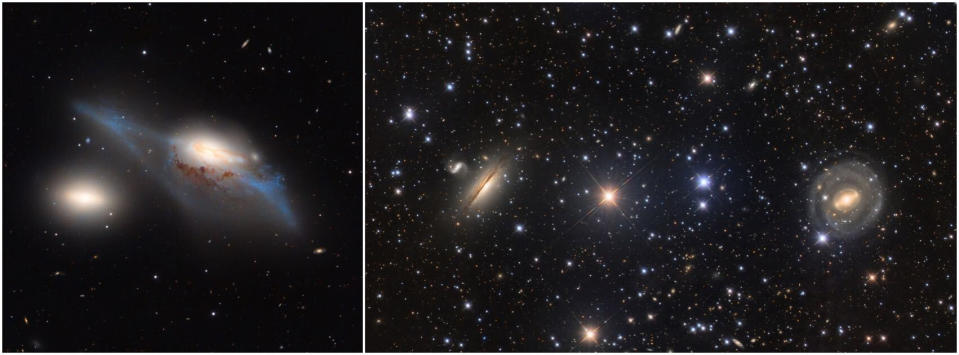
Auroras
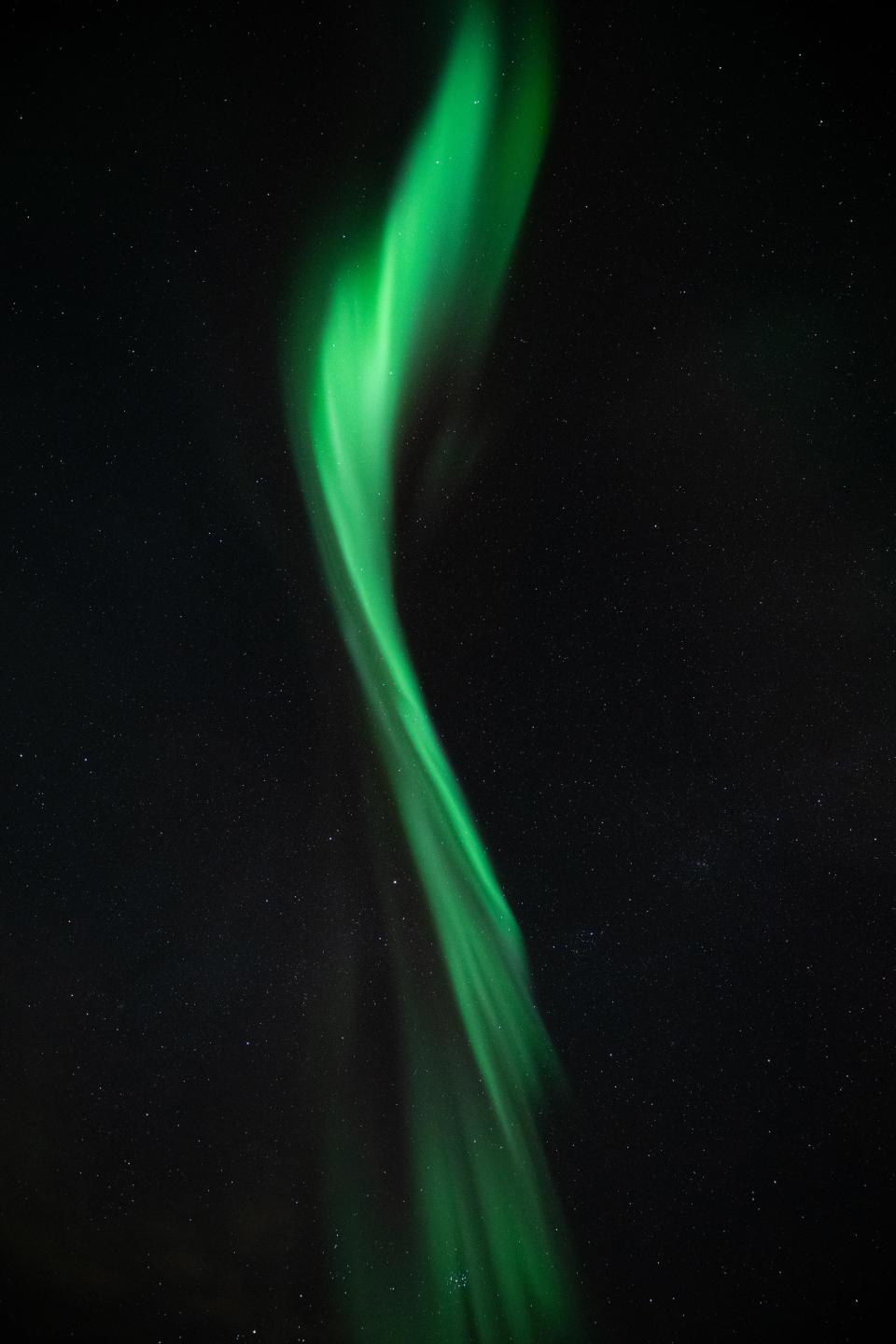
Monika Deviat, from Canada, wins this years best aurora photograph with her image, Brushstroke. The singularity of this one aurora, according to the competition's judges, set it aside from the usual "earthly perspective," they said, "evoking the arts of brush-painting and calligraphy."
Aurorae runner-up and highly commended recognitions were awarded to Andreas Ettl, from Germany, and Chester Hall-Fernandez, from New Zealand, with their photos Circle of Light and Fire on the Horizon, respectively.
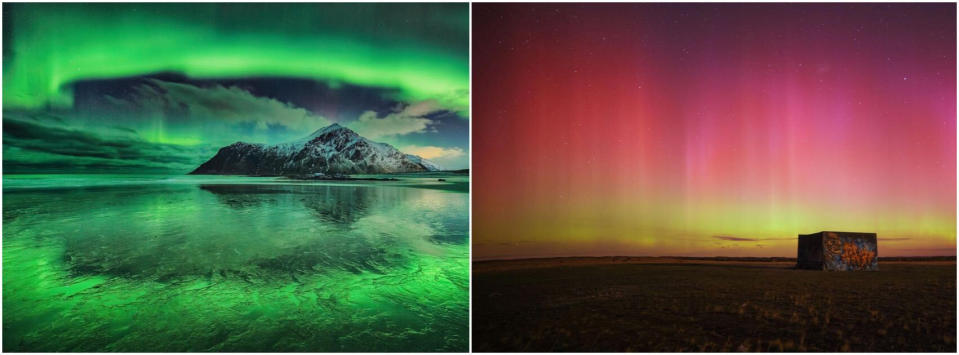
Our Moon
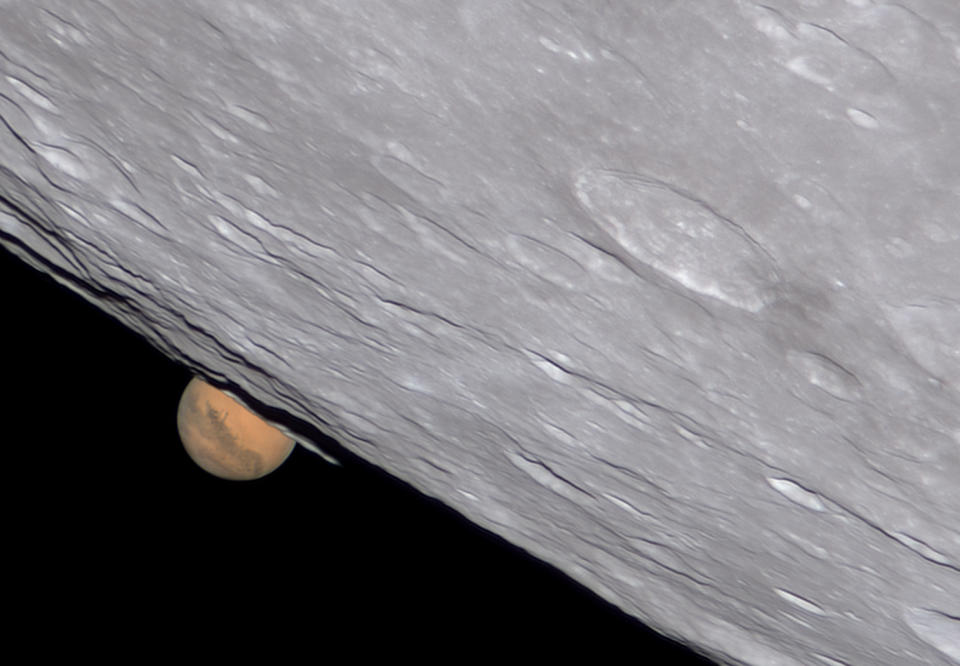
Ethan Chappel shot this photo of Mars and the moon during the Dec. 8 occultation in 2022, from Cibolo, Texas. Mars-Set shows the Red Planet setting behind the moon's southern hemisphere, shining bright during the rare alignment.
Tom Williams, from the UK, and Miguel Claro, from Portugal, won runner-up and highly commended marks for their submissions, Sundown on the Terminator and Last Full Moon of the Year Featuring a Colourful Corona During a Close Encounter with Mars, respectively.
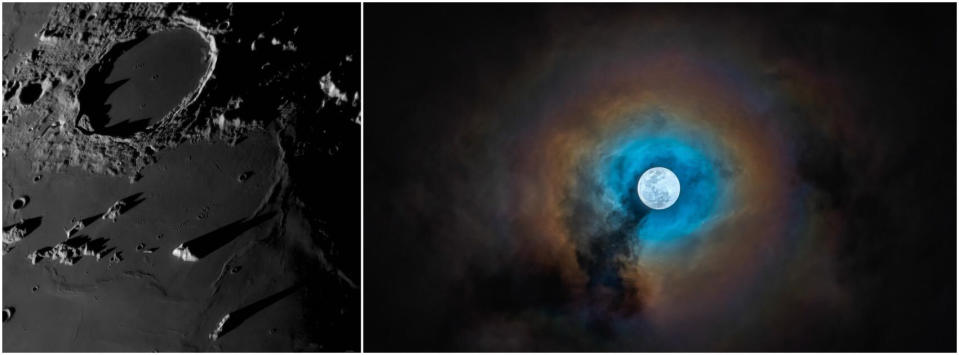
Our Sun
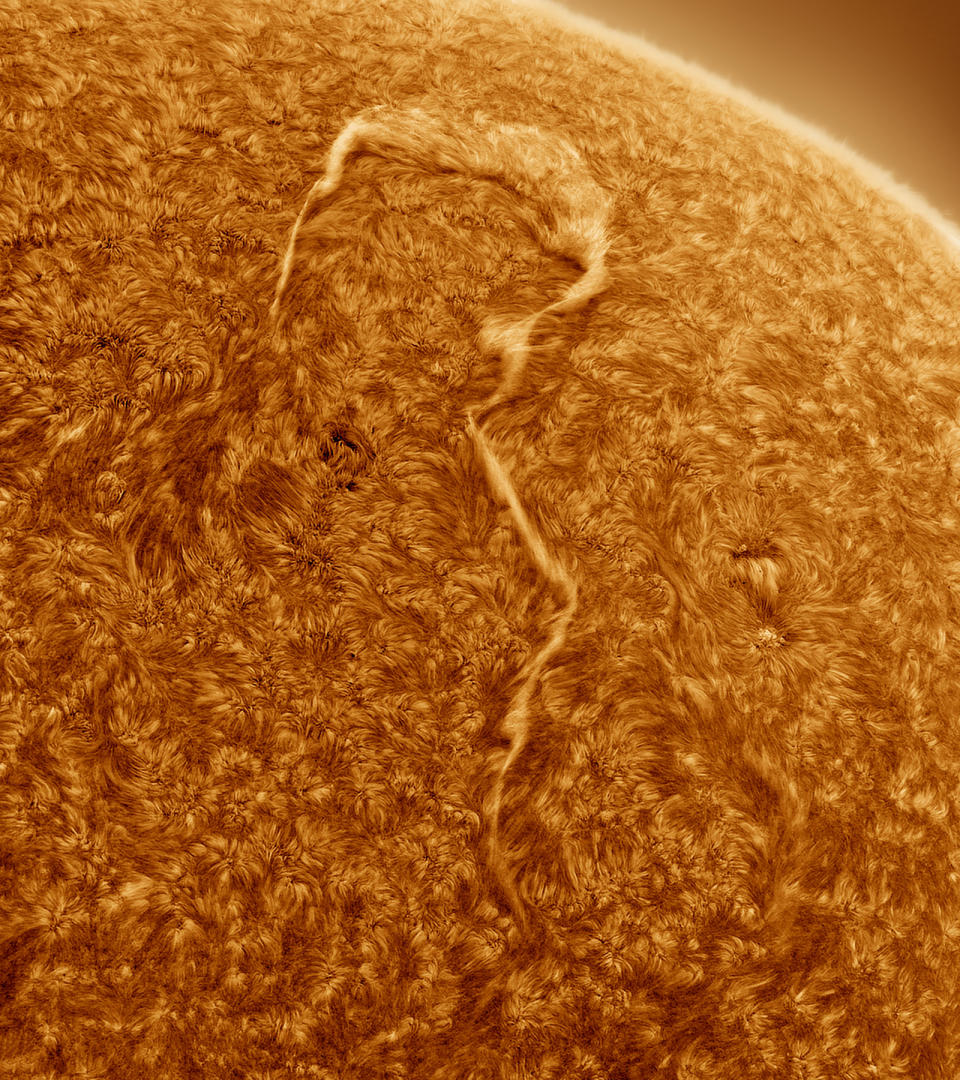
A Sun Question was taken by Eduardo Schaberger Poupeau for the Our Sun category winner. The image features a large question mark-shaped solar filament rising from the sun's surface, and shows our star in incredible detail.
Our Sun runner-up and highly commended awards went to Peter Ward for his photo, Dark Star, and Mehmet Ergün for The Great Solar Flare.
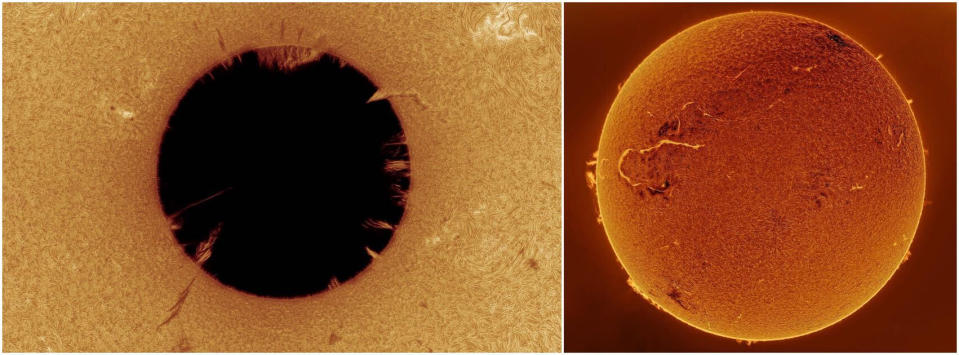
People & Space
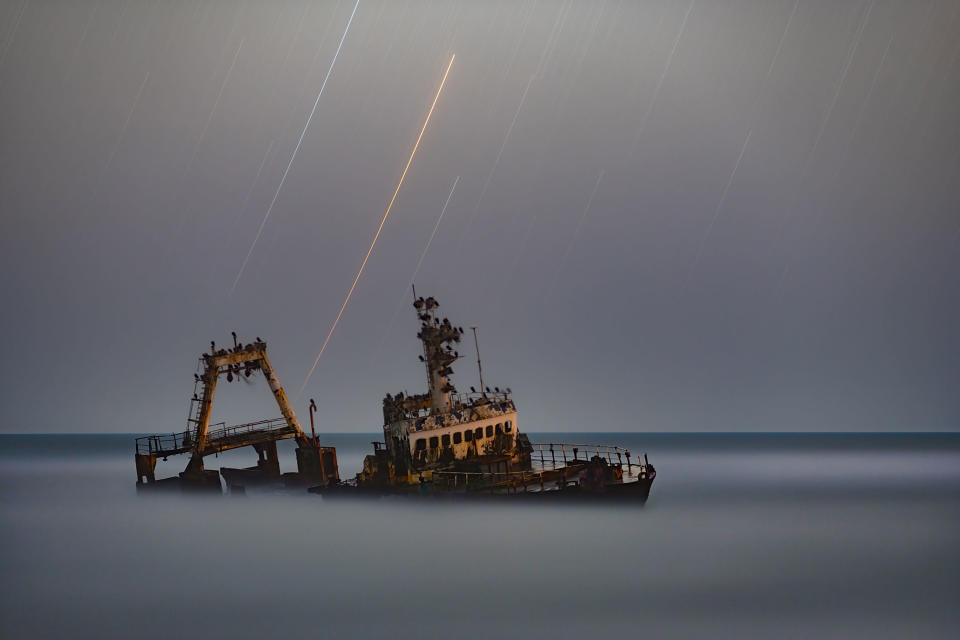
This photo from Vikas Chander was taken on the Skeleten Coast, on the Atlantic Ocean. Located on one of Namibia's northernmost coastal regions, the Skeleton Coast has earned a reputation for its treacherous waters.
Zeila, the name of this photograph, is also the name of the boat pictured. The vessel was stranded in 2008, and sits foreground to a 30-minute exposure of the rolling fog, with stars streaking in the grey night sky overhead.
Runner-up and highly commended entries for People & Space were awarded to Andrew McCarthy, for his photo of the International Space Station (ISS) transiting the moon, A Visit to Tycho, and to Katie McGuniness for her out-of-this-world star-trail photograph, Close Enounters of The Haslingden Kind.
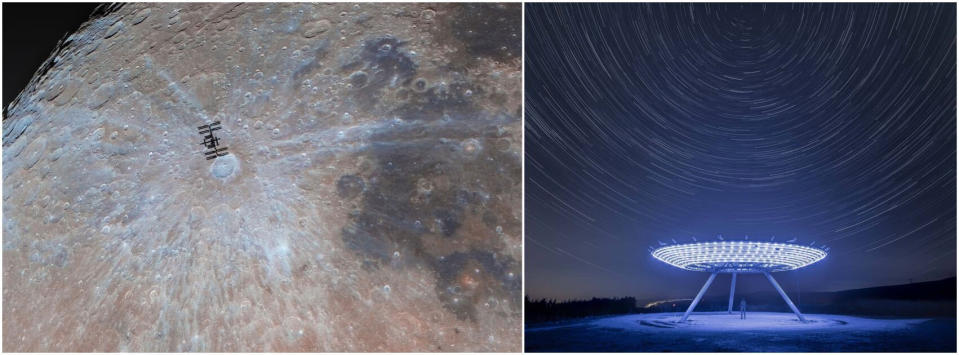
Planets, Comets & Asteroids
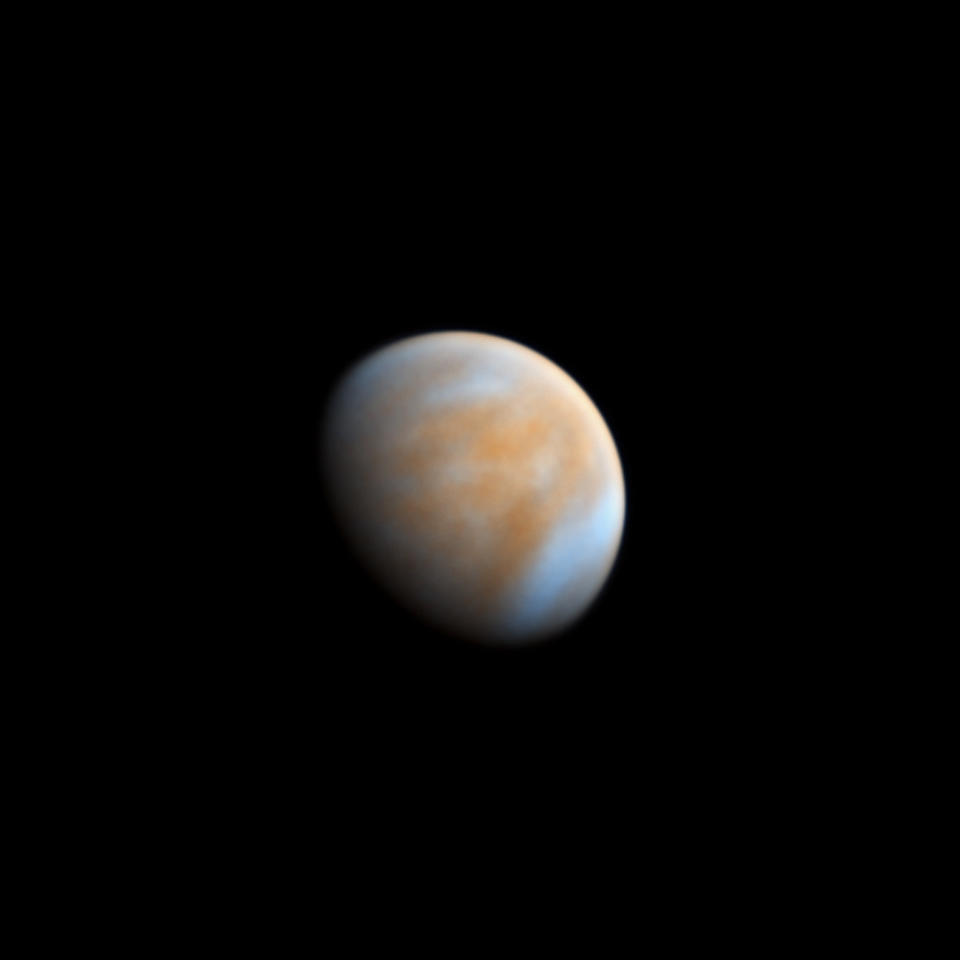
Suspended in a Sunbeam is a false color image of the planet Venus, from photographer Tom Williams, winning in the category of Planets, Comets & Asteroids. Using infrared, Williams was able to highlight details Venus' upper atmosphere, revealing far more than can be seen with the naked eye.
Runner-up and highly commended recognitions went photos of Jupiter and Uranus and its moons, from photographers Marco Lorenzi and Martin Lewis, respectively.
Related: 'Lightning' on Venus is actually meteors burning up in planet's atmosphere, study says
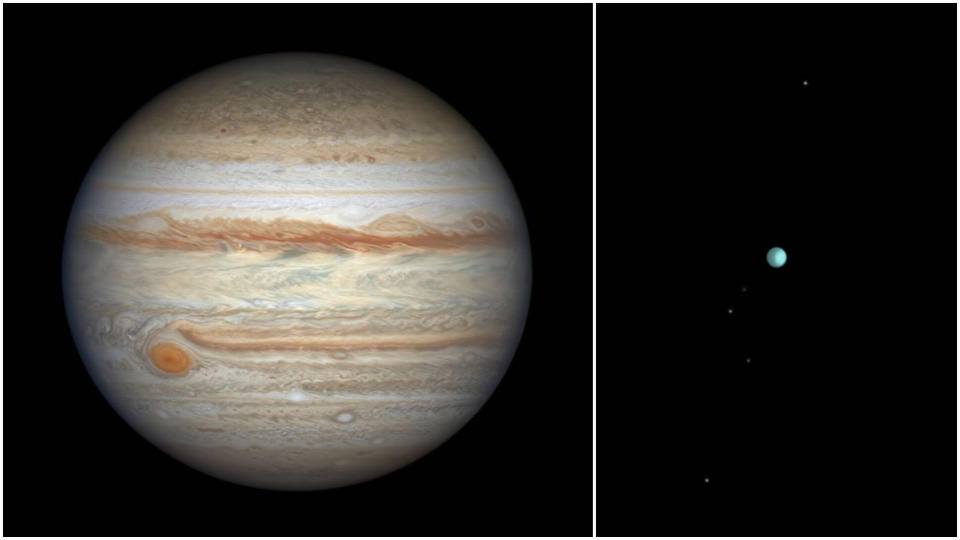
Skyscapes
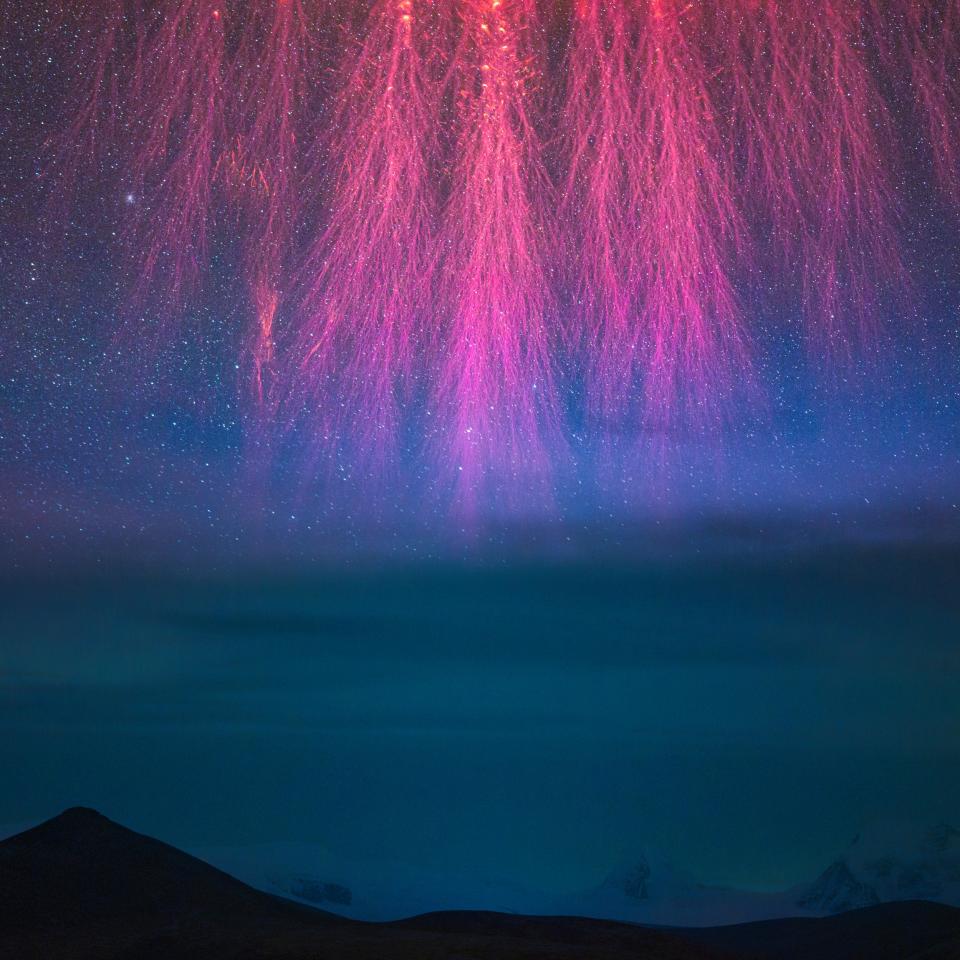
The extremely rare phenomena captured in this photograph from Angel An are called sprites. Sprites occur like lightning, high in Earth's atmosphere, and are seldom witnessed from the ground. Astronauts aboard the ISS have been known to take photographs of sprites from time to time. An took this photo, Grand Cosmic Fireworks, from the highest ridge of the Himalaya mountains.
Louis Leroux-Gere and Peter Hoszang were awarded runner-up and highly commended for their respective photos of star trails over the Canadian National Vimy Memorial, in France, and noctilucent clouds over Hungary.
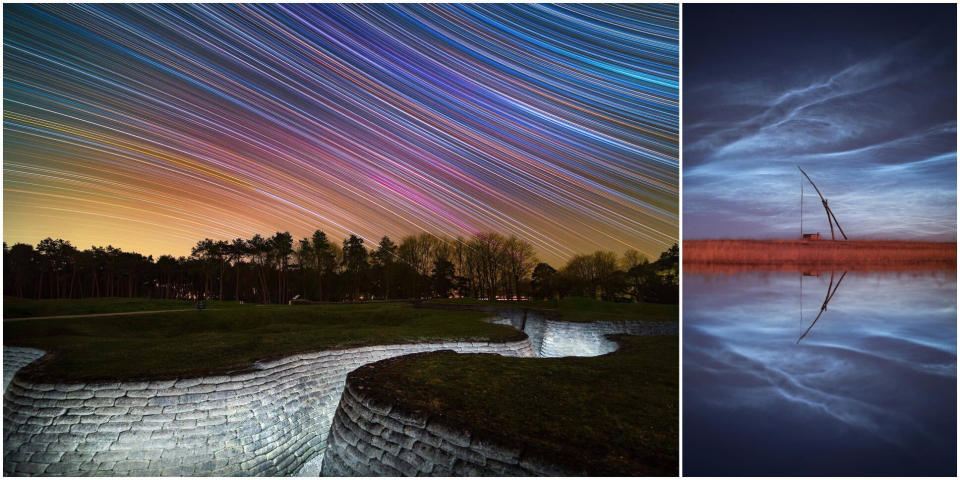
Stars & Nebulas
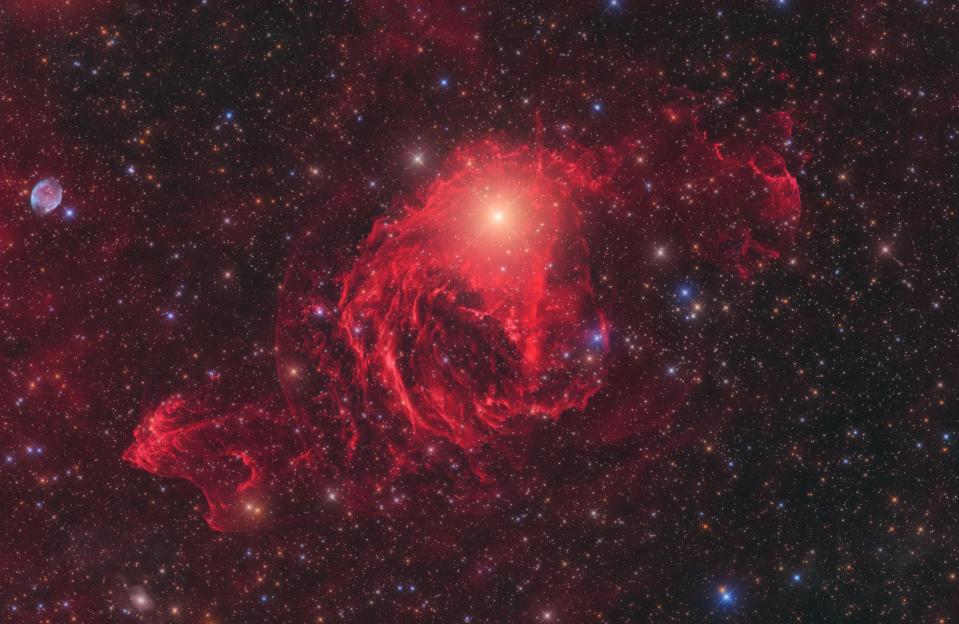
The shining star inside the red, gaseous nebula was photographed by Marcel Drechsler and a team of amateur astronomers. In fact, the shining light at the gas' center is actually a pair of binary stars, enveloped in the previously undiscovered nebula.
Runner-up and highly commended awards were given to Anthony Quintile and James Baguley, for both of their stunning nebula photos.
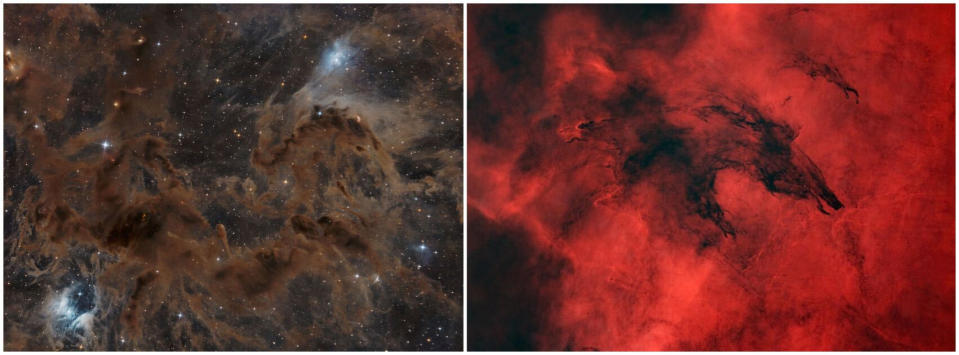
The Sir Patrick Moore Prize for Best Newcomer
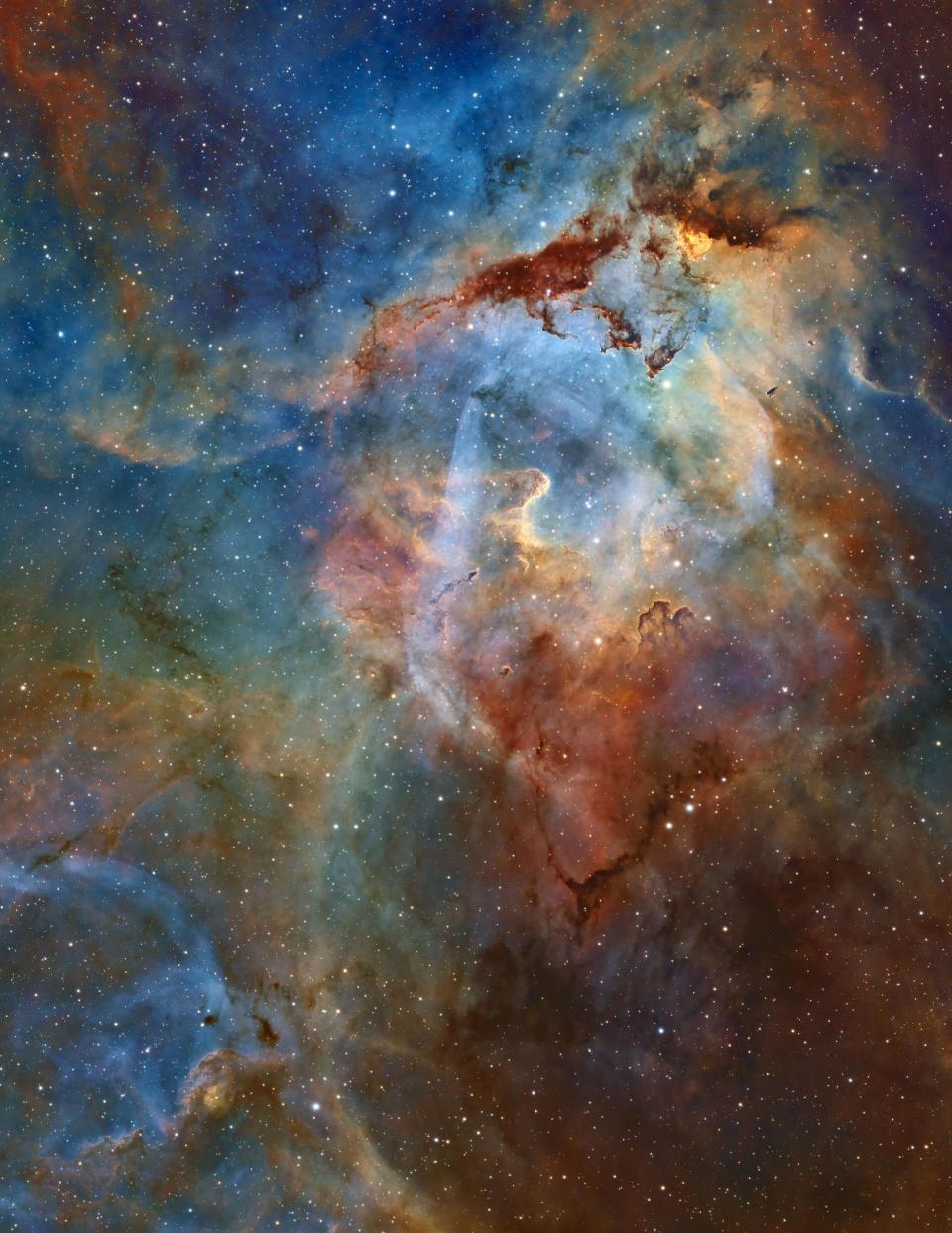
Blinded by the Light is Royal Observatory Greenwich's winning photograph for best newcomer, photographed by Aaron Wilhelm. The vibrant image shows the Sh2-132 complex near the constellations Cepheus and Lacerta, and was created using 70 hours of data to merge together the magnificent and colorful gaseous layers.
Young Astronomy Photographer of the Year
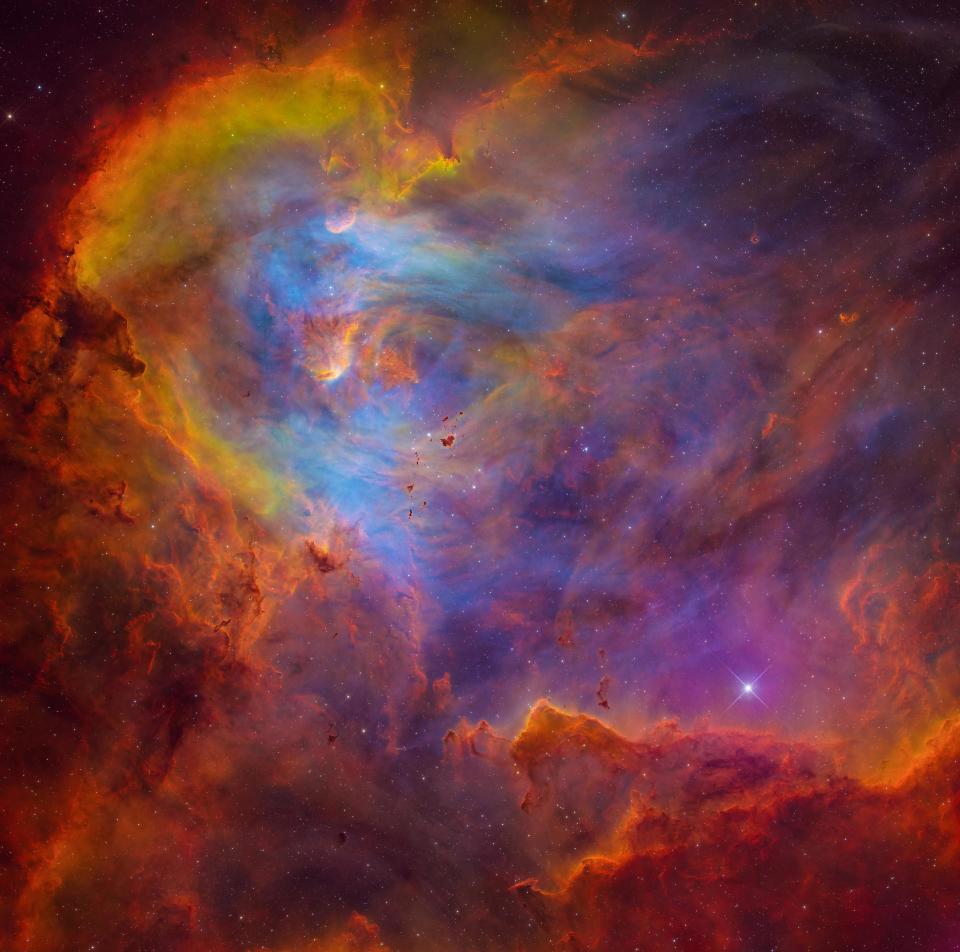
Runwei Xu and Binyu Want win young astronomy photographers of the year with The Running Chicken Nebula, a hypnotic blend of swirling cosmic colors from the Running Chicken Nebula, IC2944. The young photographers captured this image using a 1,900 mm Newtonian telescope, over 5.5 hours of exposure.
Annie Maunder Prize for Image Innovation
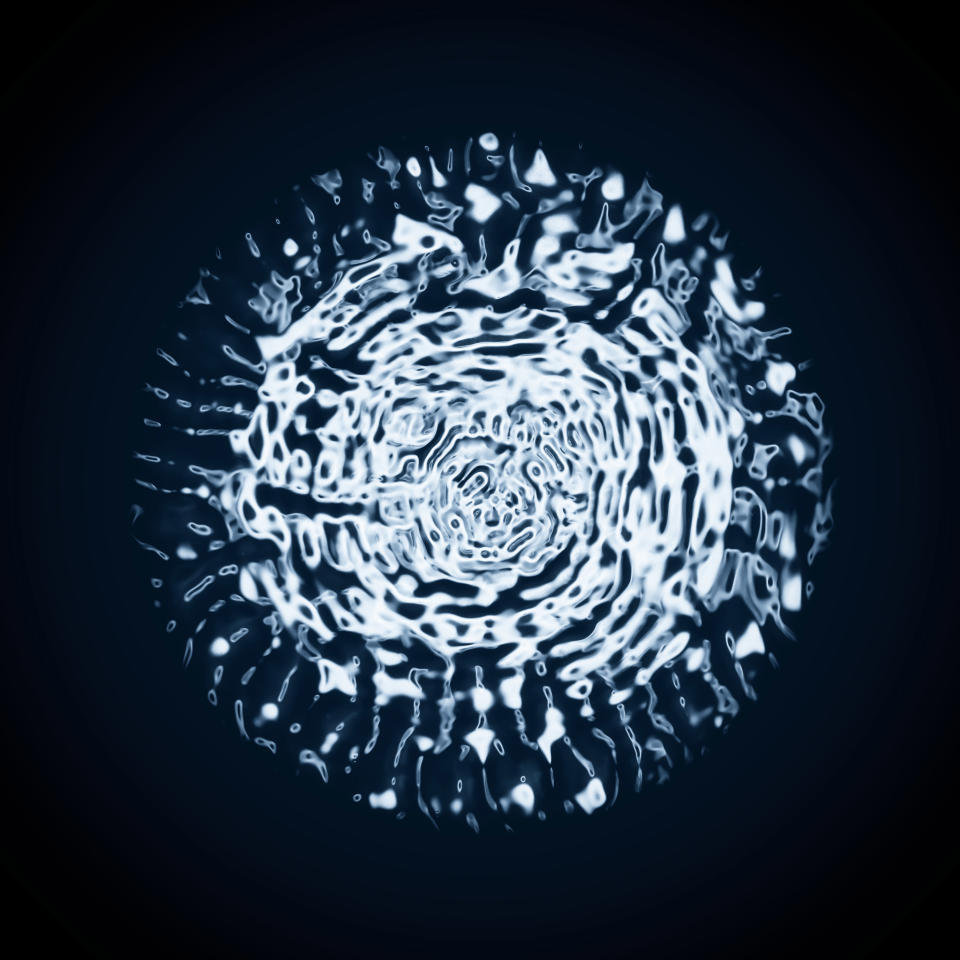
Related Stories:
— Astrophotography for beginners 2023: How to shoot the night sky
— Best cameras for astrophotography in 2023: Shoot for the stars
— Best locations for astrophotography and skywatching 2023
Finally, John White won for the innovation category, with his photo, Black Echo. Using audio of the supermassive black hole at the center of the Perseus Galaxy, captured by NASA's Chandra Sonification Project, White shot the vibrations of water in a petri dish as they fluctuated above the speaker's soundwaves.
All the winning photographs, the runners-up, highly commended and more are currently part of an exhibit at the National Maritime Museum, in Greenwich, London.

